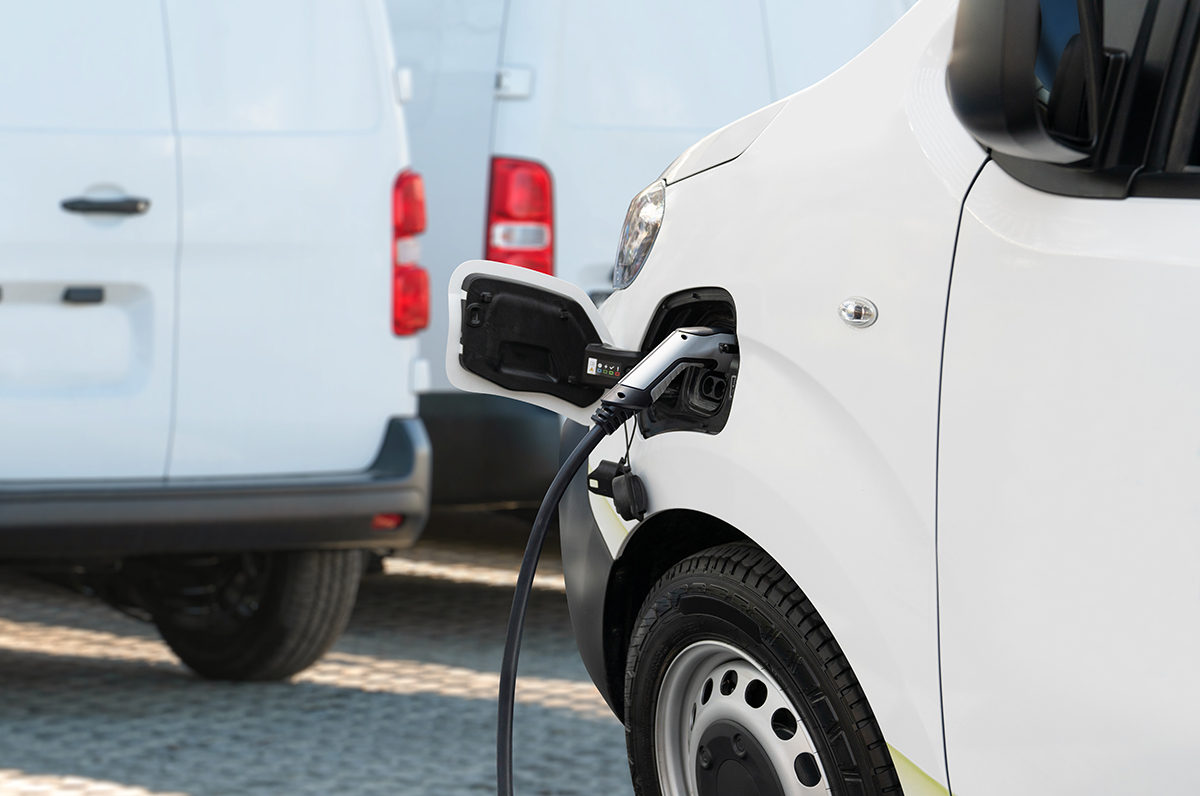Vehicle-to-grid (V2G) technology promises to be a true win-win: a powerful grid balancing resource for utilities and a source of incremental income for EV owners (electric school buses seem to be an ideal use case). But before V2G can really take off, there needs to be a system for utilities to compensate EV fleet operators for using their batteries as virtual power plants.
Now Pacific Gas and Electric (PG&E) has received regulatory approval to establish a V2G export compensation mechanism for commercial EV charging customers in its California service area. The V2G export rate provides upfront incentives to help commercial customers offset vehicle costs, and enables these vehicles to export power to the grid during peak energy demand periods.
The California Public Utilities Commission (CPUC) adopted a settlement agreement with Electrify America and the Vehicle-Grid Integration Council (VGIC), an industry trade group, establishing a rate that will be available to charging equipment paired with stationary energy storage systems.
More than 420,000 EVs have been sold in PG&E’s service area, representing one in six EVs in the country. A wave of large EVs such as school buses and trucks is expected to hit the roads over the next few years, and the timing could be propitious. California’s grid is facing unprecedented challenges, and V2G-capable fleets have the potential to be flexible resources that can make the grid more reliable, efficient and affordable.
“The adoption of the nation’s first V2G export rate aligns with our core focus of proactively preparing the grid, increasing access to EV infrastructure, and supporting EV adoption through rates, rebates, tools, and education,” said Aaron August, PG&E’s VP of Utility Partnerships and Innovation.
VGIC, which is committed to advancing the role of smart EV charging, hopes that this new export rate structure in the nation’s largest EV market will serve as a guide for additional innovative rate structures across the country.
“The CPUC’s decision is a strong step forward for Californians and in support of the state’s grid, implementing the nation’s first dynamic export rate for EV charging customers,” said Ed Burgess, VGIC Policy Director. “Leveraging the capability of EVs as a grid resource will help integrate more clean energy into our power system, reduce energy bills for all utility customers, and support California’s ambitious decarbonization goals. We appreciate PG&E’s constructive approach to supporting this program, and believe it serves as a guidepost for other forward-looking energy providers to follow across the country.”
Source: PG&E

lasuna for sale online – himcolin pills cheap himcolin pills
besifloxacin for sale – sildamax tablet buy sildamax sale
gabapentin pill – gabapentin 600mg canada buy cheap generic azulfidine
brand probenecid – probenecid over the counter carbamazepine uk
order mebeverine 135mg for sale – buy generic mebeverine online pletal sale
purchase celebrex without prescription – celebrex brand indomethacin where to buy
buy cambia pills – where to buy aspirin without a prescription cheap aspirin 75mg
cheap rumalaya for sale – buy rumalaya cheap order endep 50mg
pyridostigmine order – azathioprine drug azathioprine sale
cost diclofenac – purchase diclofenac sale cheap nimodipine sale
baclofen tablet – lioresal without prescription piroxicam 20mg over the counter
cyproheptadine pill – periactin ca buy zanaflex pills for sale
how to buy artane – buy artane sale buy diclofenac gel online
cefdinir 300 mg cheap – omnicef sale cheap clindamycin
purchase accutane online – oral deltasone 40mg order deltasone online
buy prednisone 20mg sale – order prednisone 5mg without prescription elimite sale
buy permethrin cream – buy permethrin online cheap buy tretinoin without prescription
betamethasone 20 gm price – purchase betnovate cream benoquin online
buy flagyl sale – metronidazole over the counter buy cenforce no prescription
order augmentin without prescription – buy clavulanate online cheap order levoxyl generic
order cleocin pill – buy indocin medication indomethacin 75mg uk
buy losartan 50mg pill – keflex 125mg usa keflex 500mg usa
eurax medication – bactroban ointment cream order generic aczone
bupropion medication – order xenical 60mg shuddha guggulu cheap
buy modafinil online – purchase phenergan without prescription purchase melatonin pills
progesterone over the counter – buy ponstel tablets clomiphene tablet
order capecitabine pills – order mefenamic acid buy danocrine generic
fosamax cheap – medroxyprogesterone 10mg us medroxyprogesterone drug
cabergoline 0.25mg over the counter – brand dostinex 0.5mg alesse brand
estrace tablet – estrace 2mg brand buy generic anastrozole
г‚·гѓ«гѓ‡гѓЉгѓ•г‚Јгѓ«гЃЇи–¬е±ЂгЃ§иІ·гЃ€г‚‹пјџ – г‚·гѓ«гѓ‡гѓЉгѓ•г‚Јгѓ« гЃ©гЃ“гЃ§иІ·гЃ€г‚‹ г‚їгѓЂгѓ©гѓ•г‚Јгѓ« гЃЉгЃ™гЃ™г‚Ѓ
гѓ—гѓ¬гѓ‰гѓ‹гѓігЃ®йЈІгЃїж–№гЃЁеЉ№жћњ – г‚ўгѓўг‚г‚·гѓ« е‰ЇдЅњз”Ё г‚ёг‚№гѓгѓћгѓѓг‚ЇгЃ®йЈІгЃїж–№гЃЁеЉ№жћњ
eriacta warn – zenegra passe forzest massive
crixivan ca – order indinavir online purchase emulgel sale
valif online imagine – sinemet 20mg sale sinemet online
buy provigil medication – purchase lamivudine without prescription purchase lamivudine
ivermectin 6 mg over the counter – buy tegretol 200mg for sale buy carbamazepine no prescription
cheap promethazine 25mg – order ciplox online lincomycin oral
order generic prednisone 40mg – order capoten online cheap order capoten online cheap